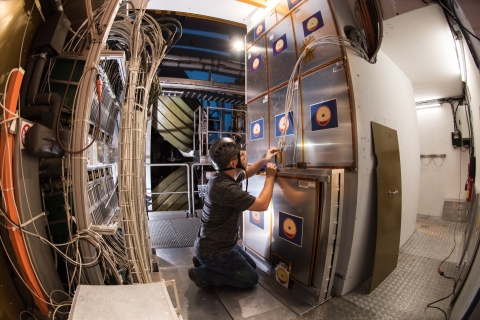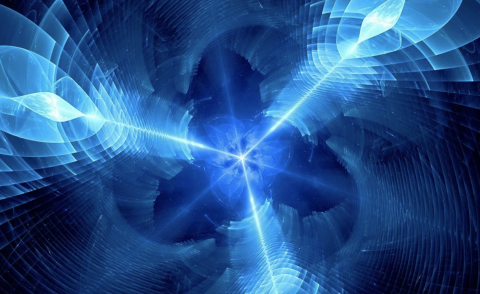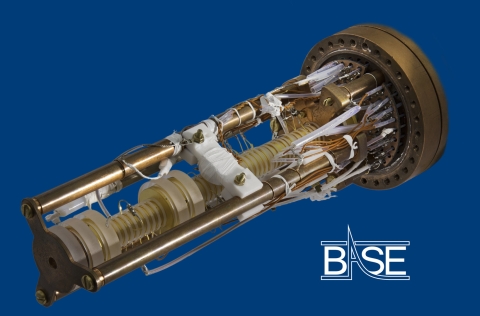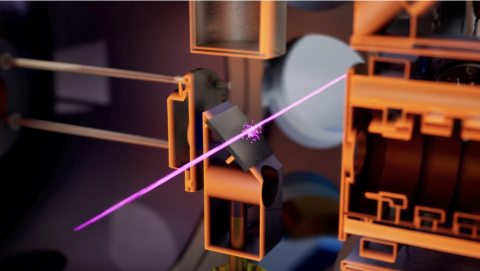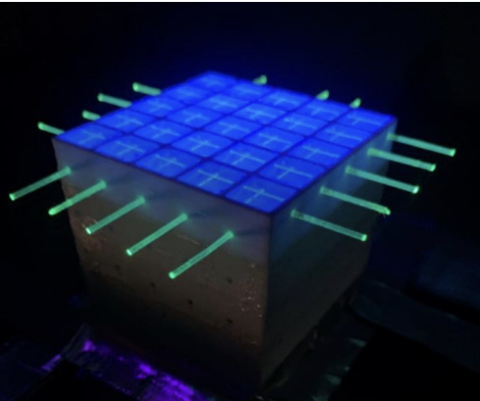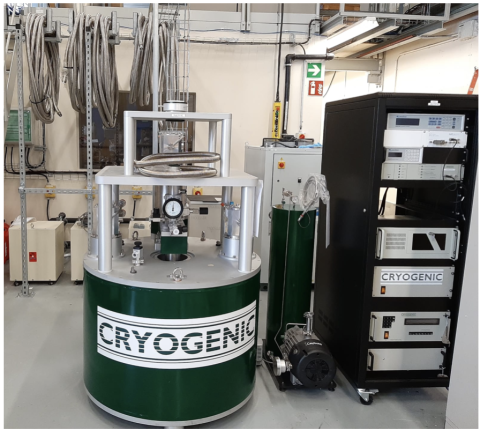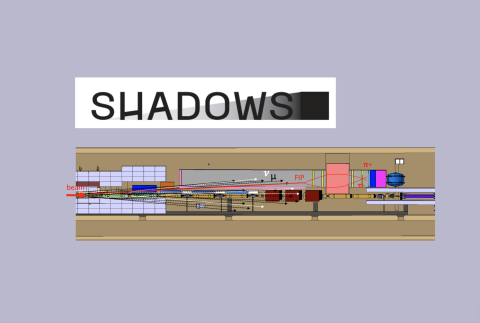SME
MoEDAL-MAPP Experiment’s Quest for Anomalously Charged Avatars of New Physics
Nature, as described by the Standard Model (SM), has decreed that stable or pseudo-stable subnuclear charged particles can only have an observable electrical charge of ±1e, where e is the charge of an electron and that there is no magnetic charge.…
Read moreLooking in all directions for long-lived particles at the LHC
In 1984, Alvaro de Rujula pointed out that the proton-proton collisions at the LHC would produce large fluxes of very high energy neutrinos in the forward direction [1]. In 2023, almost 40 years later, the FASER and SND experiments ushered in the…
Read moreSHiP Experiment: Charting New Territory in Particle Physics
Full speed ahead Layout of the SHiP experiment, with the target on the left and the experiment in the ECN3 hall. Credit: SHiP collaboration. In a significant step forward for particle physics, CERN’s Research Board recently approved the SHiP (…
Read moreTruly non-destructive: Antimatter under the microscope during the 2024-YETS
Early in the morning, on the 13th of November 2023, the AD/ELENA facility delivered its final antiproton bunch to the users at the antimatter factory. Most of the particles annihilated a few minutes later in antihydrogen formation and its…
Read moreAEgIS Experiment Breakthrough: Laser Cooling Opens Door to New Antimatter Studies
A significant breakthrough has been achieved at CERN by the AEgIS experiment. Researchers successfully cooled a sample of positronium using a laser, paving the way for a new era in antimatter research. This accomplishment, reported in Physical…
Read moreChampion in laser ionisation of unstable nuclei, justice and diversity at work, and climbing.
On January 27th, at the Maison des Amis Montagnards in Geneva, friends, colleagues from CERN, and numerous ISOLDE users said the last goodbye to Bruce Marsh, who has been one of the main innovators of the laser ion sources at ISOLDE that have …
Read moreRevolutionizing Particle Detection: 3D-Printed Scintillating Detectors for Tracking and Calorimetry
Plastic scintillator detectors, which are cost-effective due to the affordability of plastic materials, are extensively employed in high-energy physics experiments. They play a crucial role in identifying and tracking particles, conducting time-of-…
Read moreISOLDE: On the frontiers of materials science for a sustainable future
Nowadays, one of the most important issues that human beings are facing is the fact that reducing carbon emission is extremely necessary. New materials for a sustainable future are required for the world to become climate neutral. The huge demand…
Read moreInvestigating exotic structures of exotic nuclei with Miniball
Atomic nuclei come in all manner of shapes and sizes, sometimes at the same time! The reason behind this diversity lies in poorly understood nuclear forces. Many features of these forces only came to light when studying very unstable nuclei, which…
Read moreSHADOWS of New Physics in the CERN North Area
In recent years, the physics of feebly-interacting particles (FIPs) has received considerable and growing attention from the broad HEP community, motivated by both existing data, and by the appeal of simple extensions of the Standard Model to…
Read more
